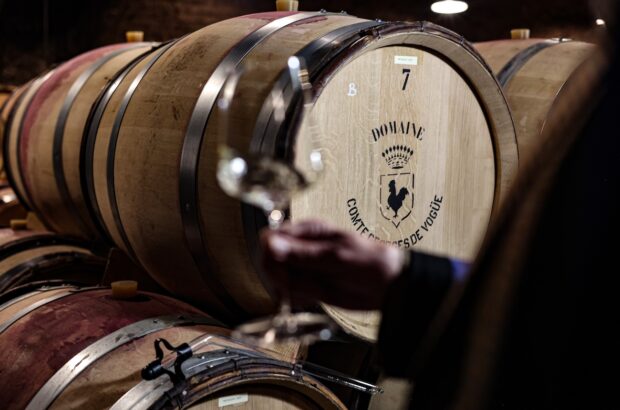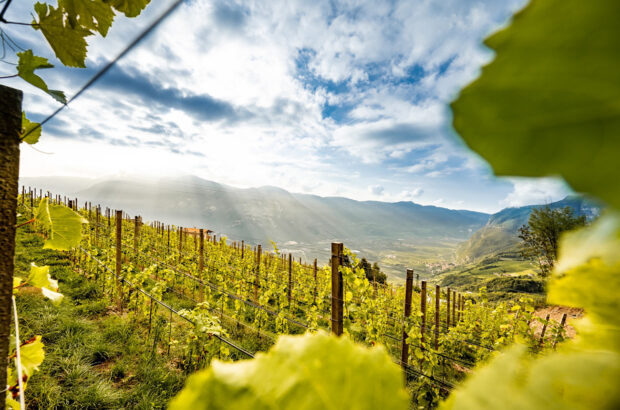A new three-tier quality pyramid developed for Austrian Sekt matches - or even surpasses - the standards set by Champagne, according to the country’s Wine Marketing Board.
Over the past two years, the Austrian Sekt Commission has drawn up standards for three quality levels of the country’s sparkling wines: Klassik, Reserve and Große Reserve.
Created in tandem with a committee of winegrowers, the Austrian Wine Marketing Board (AWMB), Austria’s Chambers of Industry and Commerce and its Ministry of Agriculture, the AWMB says the new legal basis for Austrian Sekt is ‘analagous to that of Qualitätswein’.
Klassik Sekt must come from grape material grown in a single federal state, and must spend a minimum of nine months on the lees, while for Reserve, winemakers must employ the traditional method, using grapes and base wines grown in one state, with at least 18 months’ lees maturation.
For Große Reserve, the grapes must be harvested and pressed in a single wine-growing community, bearing its name as a designation (and that of a single vineyard, if appropriate); it must undergo a minimum of 30 months’ fermentation and bottle maturation, and can only be released at least three years after harvest.
‘The top category in the pyramid is on a par with the highest standards maintained by the world’s leading sparkling wines – such as Champagne or Franciacorta – and, in certain aspects, even surpasses them,’ said the AWMB.
‘These are wines capable of telling the tale of their origins, regardless of whether they are stamped with the freshness of Poysdorf or the minerality of Langenlois, the Pannonian depth of Gols or the vivid aromatics of Gamlitz.’
Further quality criteria governing the base wines used in Sekt production, as well as inspection and monitoring standards, will be developed in the next few months.







